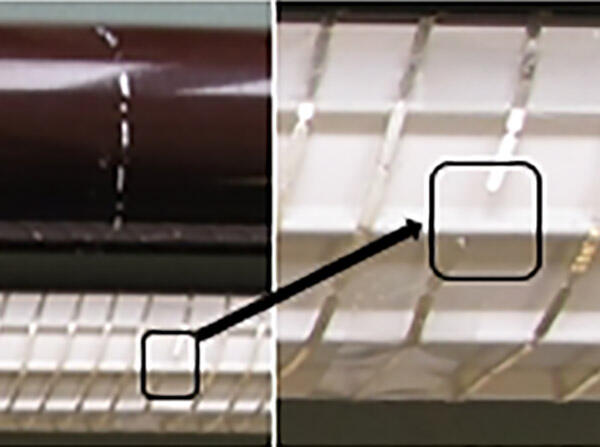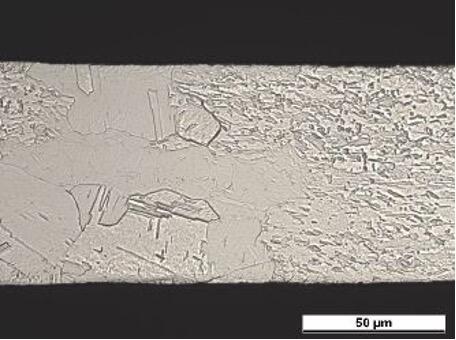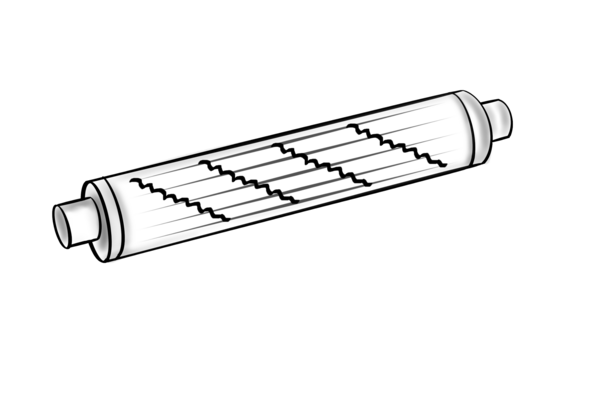Long-lived: HV fuses with ICS technology
Presented in detail at Cired 2021: fuses that age more slowly – all thanks to Improved Cycle Stability (ICS)!
SIBA’s ICS technology landed a coveted presentation slot at Cired 2021. Not surprising since ICS technology extends the service life of fuses considerably. ICS fuses withstood over 40 times more cycles than conventional fuses in tests with defined charge cycles. SIBA developed the technology together with wind turbine operators, switchgear manufacturers and external research partners. All these partners wanted to find out why wind turbine fuses had been operating abnormally worldwide since 2011 and why unexpected failures had been occurring.
The problem: early shutdown

Renewable energy has been gaining ground for around two decades. It and its components (transformers, etc.) have to be protected just as effectively and efficiently as conventional energy generation systems. This is done using proven fuse solutions that are also used in renewable applications. However, experience has shown that some fuses will unexpectedly blow after around eight to ten years of service – a behaviour that conventional fuse theory cannot fully explain. To get to the bottom of this conundrum, SIBA joined forces with wind turbine operators and switchgear manufacturers for an in-depth analysis.
The cause: material fatigue

The researchers quickly realised that the fuse elements were being attacked by a subtle, insidious process: The fuse element’s notches opened without any visible melting (Figure 1). The SIBA experts, working together with an external research institution, investigated the fuse elements metallurgically in more detail. They found that the notches had a less homogeneous crystalline structure (Figure 2) than the un-notched areas. That made them more likely to break under the mechanical strain caused by the large number of charge cycles that renewable energy systems tend to experience.
Developing the test: special cycles
So what should be done? Remember, the defined notches in the system ensure that the fuse serves its electrical purpose and interrupts the circuit at certain currents. In this case, the SIBA experts drew on their experience with HV motor protection fuses. They also experience a large number of charging cycles. The motors have to be switched on and off frequently, producing large long-lasting inrush currents.
For all their similarities, though, motors and wind energy transformers still have different charging cycle profiles. The developers therefore first had to develop test parameters and methods that replicated the conditions that caused the wind turbines to shut down prematurely. This generally happened during typical switching operations near the minimum breaking current (Imin). The test cycle therefore used currents within this range but changed the pulse times and amounts so the fuses would withstand as many cycles as possible without melting.
The test series: ICS vs. conventional

The experts then tested fuse links with conventional flat fuse elements alongside fuse links with corrugated fuse elements while varying the parameters in the test environment. In addition, fuses with new corrugated fuse elements (Figure 3) had to pass tests proving compliance with relevant standards – they had to have the same electrical properties, after all. The tests showed that the corrugated shape did not affect the time/current characteristic or the resistance value.
The result: at least 30 times more cycles
Fuses with the new ICS fuse elements clearly stood out from the competition in the cyclical test series – in a good way: They withstood far more cycles than the fuses with conventionally designed fuse elements. Especially as the test current approached the average fusing current.
All in all, the tests showed that ICS fuses can handle at least 30 times more cycles than conventional fuses before blowing in an environment designed to simulate the conditions in which wind turbine fuses would blow prematurely. The SIBA experts note that the results cannot be directly applied to other load cases, especially those with very short load cycles. However, ICS fuses will likely offer a host of benefits in those situations, too – even if every wind turbine has its own idiosyncrasies.
